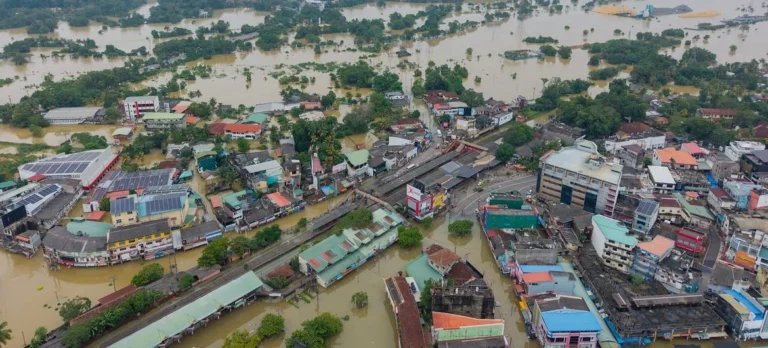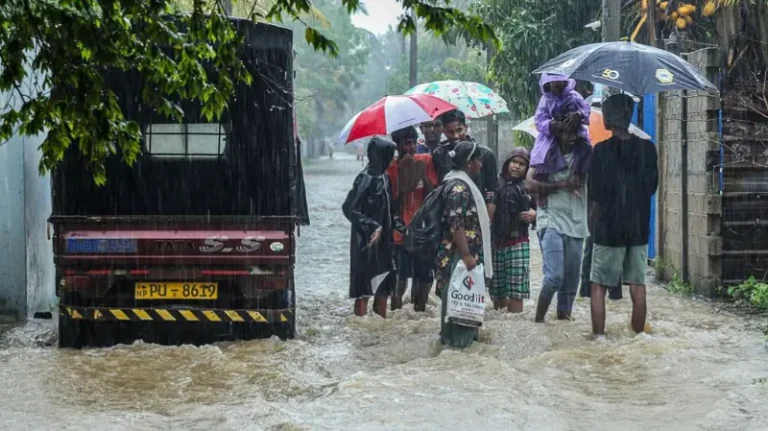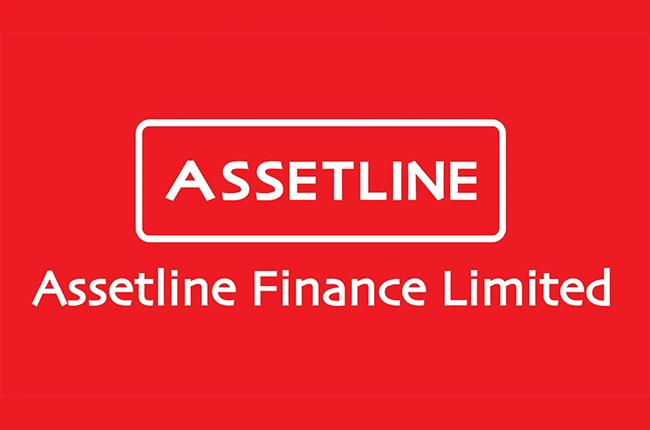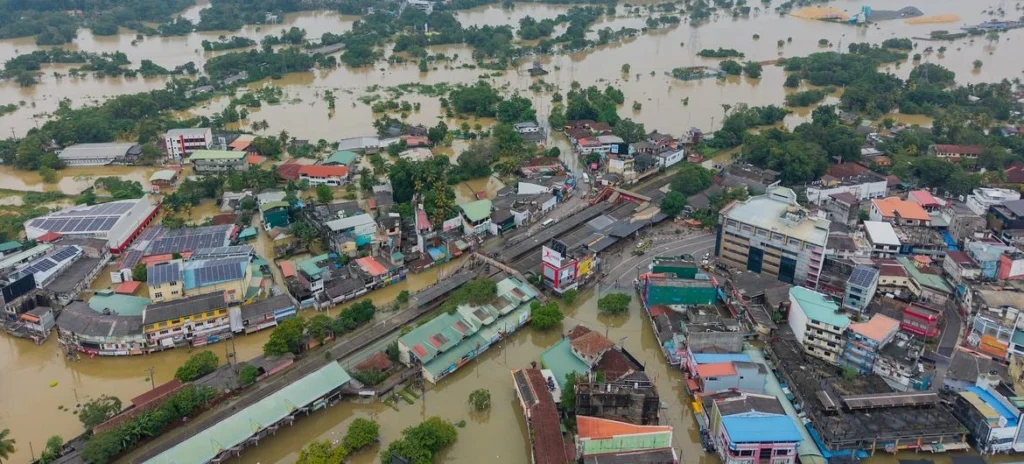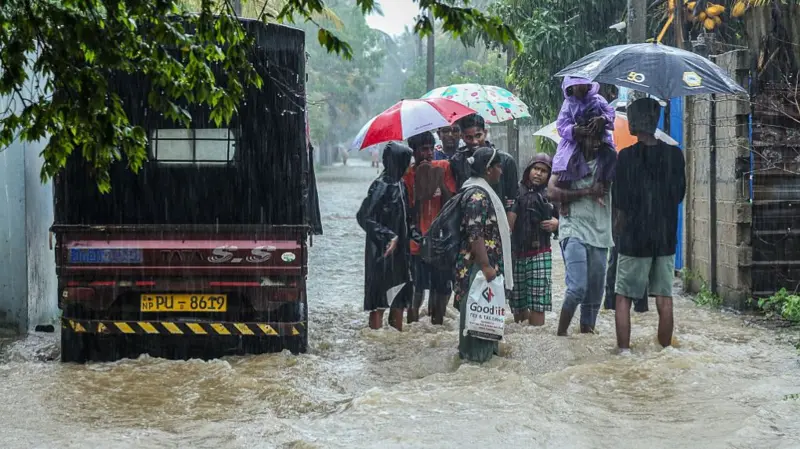Sri Lanka’s Cabinet has approved the publication of a Draft Microfinance and Credit Regulation Bill, a move aimed at reshaping how small loans and informal credit are offered to low-income communities. At first glance this is another financial-sector reform. In reality it touches the heart of the country’s rural economy, women’s empowerment, and poverty-reduction strategy.
Microfinance: Promise and Peril
For two decades microfinance has been championed as a tool to break cycles of poverty. Small loans, often just a few thousand rupees, allow rural families to buy seed, stock a small shop, or pay school fees. In Sri Lanka, women particularly in the North, East and Uva have been the main borrowers.
Yet the promise has been undermined by unregulated growth. Hundreds of microfinance operators, some linked to NGOs and others purely commercial, have offered loans at effective annual rates well above 40 per cent. Debt spirals have become common. There are documented cases of families selling assets or taking multiple loans simply to service interest. Civil society groups and academics have highlighted stories of harassment, domestic conflict and even suicides linked to micro-debt.
The Microfinance Act of 2016 provided a framework, but it left major gaps. Regulation applied mainly to non-governmental organisations registered under that Act, while many for-profit lenders operated under company law or cooperative statutes. Borrower protections were weak and enforcement uneven.
Why Cabinet Action Matters Now
The Cabinet decision follows legal and political pressure. A previous draft of the Bill was challenged in the Supreme Court; parliamentary committees examining the economic crisis called for tighter oversight. The revised draftcleared by the Attorney-General seeks to answer these concerns and will soon be gazetted for debate in Parliament.
This timing is not accidental. Sri Lanka is emerging from its 2022 debt and currency crisis. Rural households, already battered by inflation and job losses, remain vulnerable to high-cost credit. Regulating microfinance is therefore a social-protection measure as well as an economic reform.
Anticipated Features of the Draft Bill
Although the final text is not yet public, statements from the Ministry of Finance and the Central Bank outline key areas:
- Licensing and supervision: All microfinance and small-credit providers will need formal licences and must meet minimum capital and governance standards.
- Consumer safeguards: Caps on interest rates and charges; mandatory disclosure of effective annual rates; clear grievance-handling mechanisms.
- Credit information sharing: Stronger reporting to the Credit Information Bureau to prevent multiple borrowings and over-indebtedness.
- Enforcement powers: A dedicated regulatory authority with the right to audit, suspend or revoke licences and impose penalties.
Read the latest update – “What is the Impact of UN Environmental Sessions on Sri Lanka?“
Socio-Economic Significance
1. Rural livelihoods and poverty reduction
Properly regulated microfinance can be a bridge between subsistence and entrepreneurship. Farmers can invest in better seed or irrigation; small vendors can expand inventory; families can handle unexpected health costs without resorting to predatory moneylenders.
If the new Bill creates a fair, transparent credit environment, it will strengthen rural incomes and reduce reliance on informal debt, reinforcing government poverty-alleviation goals.
2. Women’s economic agency
In most districts women constitute the majority of microfinance clients. When loans are fair and manageable, they give women economic independence and bargaining power within households. But when interest rates and penalties are abusive, the effect is the opposite: women shoulder heavy debt, sometimes facing intimidation or domestic violence.
Stronger borrower rights, clear interest caps and grievance mechanisms can shift microfinance back towards empowerment rather than exploitation.
3. Financial inclusion and trust
A credible regulatory regime can restore public confidence in formal credit. If rural borrowers know that lenders are licensed, rates are capped and disputes can be resolved, more households will enter the formal financial system. Over time this broadens the tax base, improves savings mobilisation and supports stable economic growth.
4. Social stability
Debt distress has triggered protests and political unrest in some regions. Unchecked, it fuels resentment towards both lenders and the state. By signalling that predatory lending will not be tolerated, the Bill can reduce a source of grass-roots tension, contributing to broader social stability.
Challenges and Caveats
The benefits are not automatic. Several risks need attention:
- Over-regulation: Excessive compliance costs could drive small community-based lenders underground, cutting off credit to those who need it most.
- Implementation capacity: The new regulatory authority will need trained staff, regional presence and adequate funding. Without this, rules will remain on paper.
- Transition costs: Existing microfinance institutions will need time and technical help to adapt systems, train staff and meet new standards.
- Political interference: Licensing and enforcement must be insulated from politics to maintain credibility.
Linking Regulation to Broader Economic Recovery
Microfinance reform sits within Sri Lanka’s wider effort to rebuild the economy after the 2022 crisis. The government is negotiating with multilateral lenders and restructuring public debt. Stable and inclusive domestic finance complements these national goals by;
- reducing the risk of rural credit bubbles that can destabilise banks,
- supporting small enterprises that create employment outside major cities,
- channelling household savings into formal institutions.
A well-regulated microfinance sector is also attractive to impact investors and development partners. Donor agencies and socially responsible funds often seek credible regulatory environments before committing capital to community lending.
What Success Will Require
- Stakeholder consultation: Civil society organisations, women’s groups and regional cooperatives must help shape the final law to ensure it reflects the realities of rural borrowers.
- Phased rollout: A clear transition period perhaps 12 to 24 months will allow institutions to meet capital and reporting requirements without shocking the market.
- Borrower education: Public campaigns explaining rights, complaint channels and warning signs of illegal lenders are as important as the law itself.
- Monitoring and data: Regular public reports on lending volumes, average rates and borrower complaints will keep the system transparent and accountable.
A Turning Point for Social Finance
The Cabinet’s approval of the draft Microfinance and Credit Regulation Bill marks more than a technical financial reform. It is a test of Sri Lanka’s ability to combine economic recovery with social justice.
If Parliament enacts a law that balances consumer protection with viable credit supply, the result could be a safer and more empowering microfinance sector one that supports women entrepreneurs, strengthens rural livelihoods and contributes to inclusive national growth.
Failure, by contrast, would leave vulnerable borrowers exposed and erode trust in both government and markets. As Sri Lanka looks to stabilise its economy and rebuild confidence at home and abroad, the way it regulates microfinance will be a signal of how seriously it takes the twin goals of economic resilience and social equity.
______________________________________________
Read the latest news – “Sri Lanka Tops Time Out’s Global List for October 2025“


